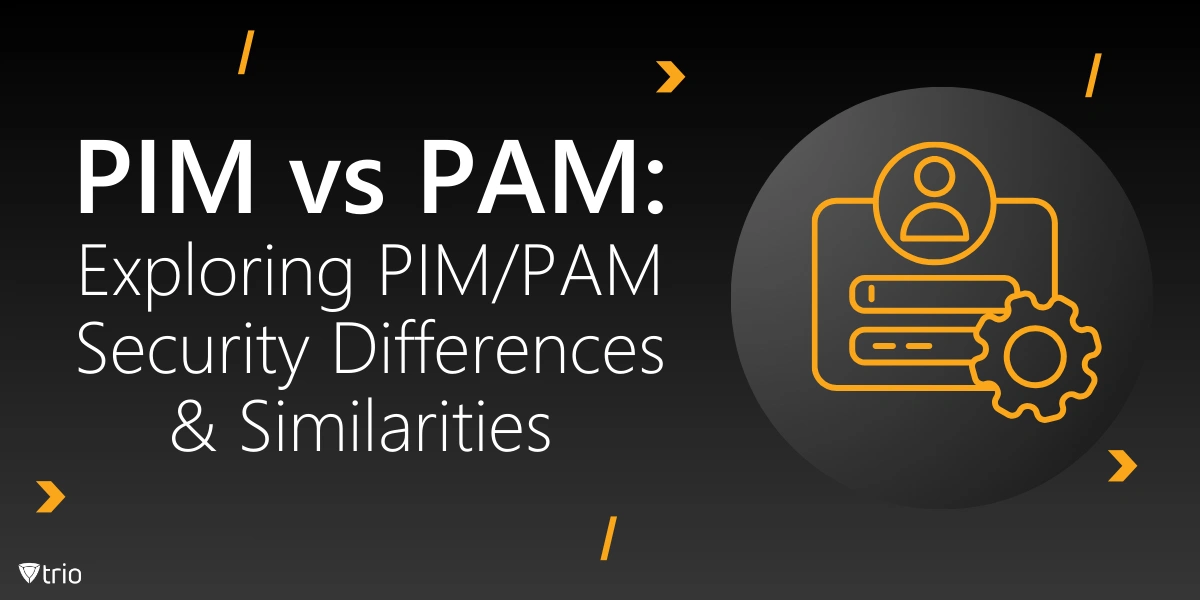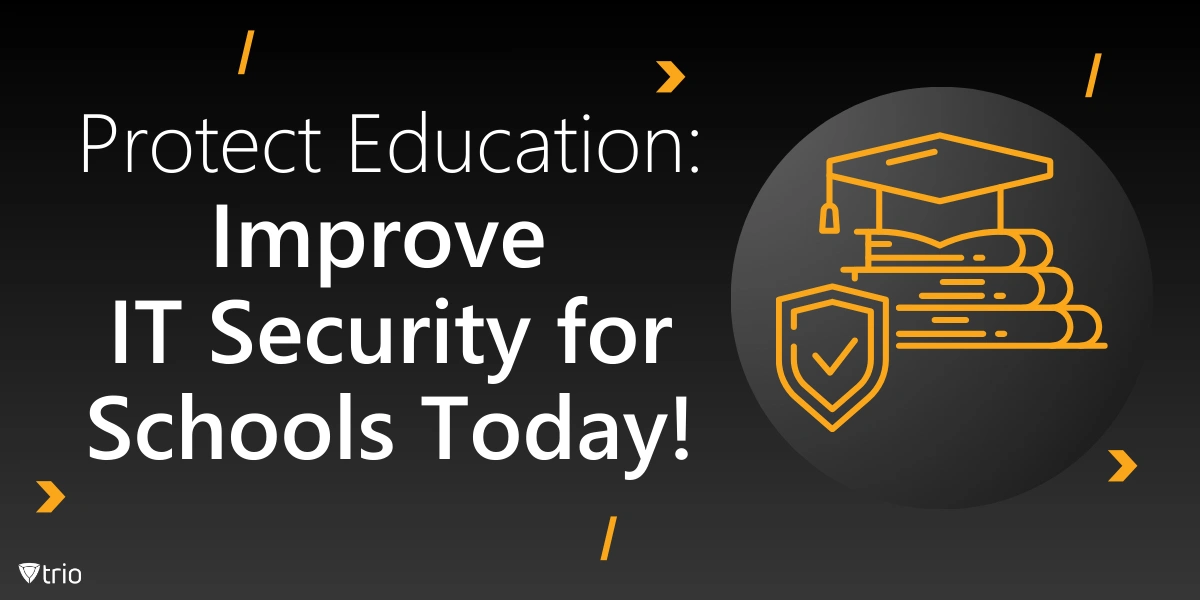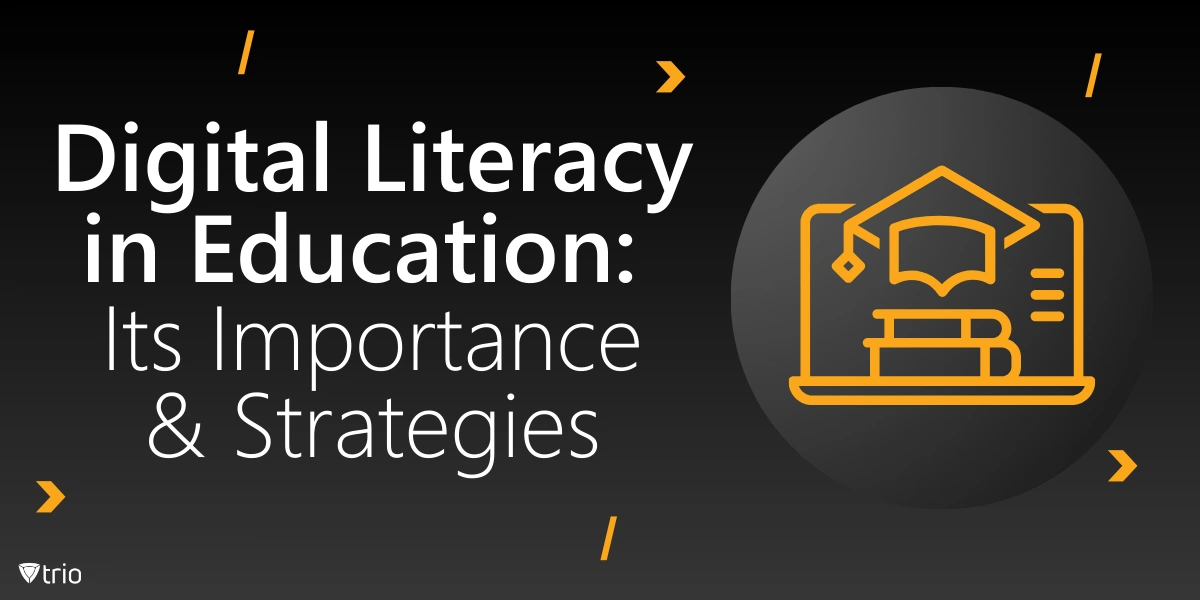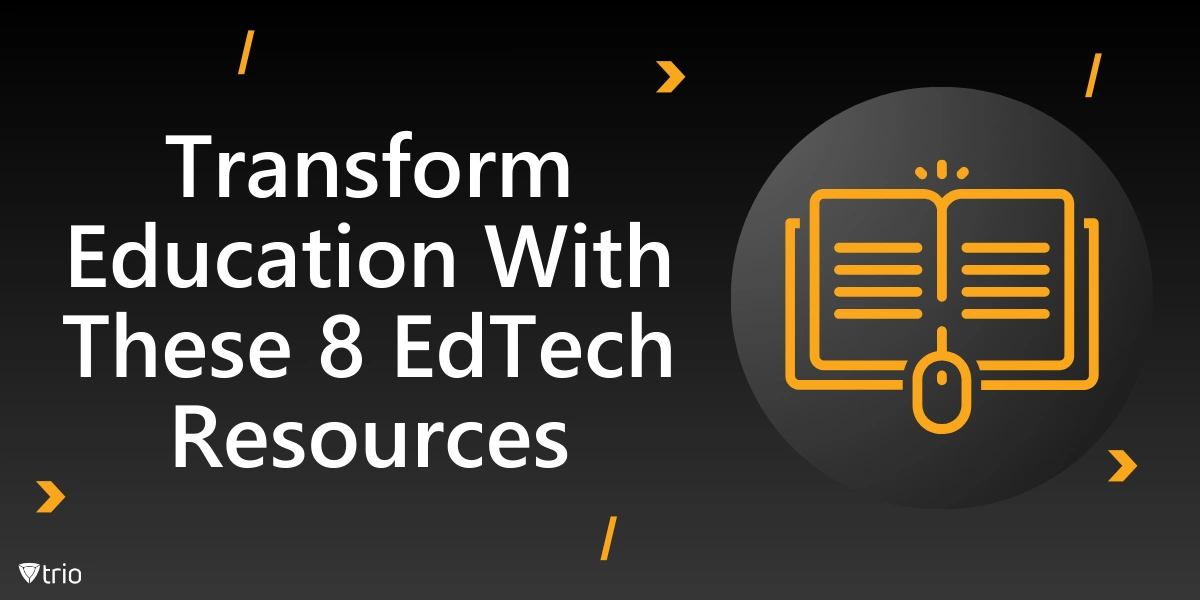As cyber threats continue to evolve, businesses must implement robust security measures to protect their valuable assets. Two key concepts that play a crucial role in this endeavor are Privileged Identity Management (PIM) and Privileged Access Management (PAM). While these terms are often used interchangeably, they serve distinct purposes in the realm of cybersecurity. This comprehensive guide will delve into the intricacies of PIM vs PAM, exploring their differences, similarities, and how PIM/PAM security creates a formidable defense against potential security breaches.
Understanding PIM Meaning
Privileged Identity Management, commonly referred to as PIM, is a crucial component of modern cybersecurity strategies. At its core, PIM focuses on managing and securing the identities of users who have elevated access rights within an organization’s IT infrastructure. These privileged users, such as system administrators, database managers, and network engineers, possess the ability to make significant changes to critical systems and access sensitive data.
The primary objective of PIM is to ensure that privileged identities are properly authenticated, authorized, and audited throughout their lifecycle. By implementing robust PIM practices, organizations can minimize the risk of unauthorized access, insider threats, and potential data breaches stemming from compromised privileged accounts.
Key Components of PIM Solution
Identity Lifecycle Management: PIM solutions facilitate the seamless management of privileged identities from creation to retirement. This includes automating the onboarding process, managing role changes, and promptly revoking access when an employee leaves the organization.
Role-Based Access Control (RBAC): PIM leverages RBAC to assign privileges based on a user’s role and responsibilities within the organization. This approach ensures that users have access only to the resources necessary for their job functions, adhering to the principle of least privilege.
Just-in-Time (JIT) Access: PIM systems often incorporate JIT access capabilities, allowing privileged users to request temporary elevated permissions for specific tasks. This approach reduces the attack surface by limiting the duration of privileged access.
Comprehensive Auditing and Reporting: PIM solutions provide detailed audit trails of privileged user activities, enabling organizations to monitor and analyze access patterns, detect anomalies, and generate compliance reports.
Benefits of Implementing PIM Access
Adopting a robust PIM solution offers numerous advantages for organizations seeking to enhance their security posture:
Reduced Attack Surface: By limiting the number of privileged accounts and implementing JIT access, PIM significantly reduces the potential entry points for attackers.
Enhanced Compliance: PIM helps organizations meet regulatory requirements by providing comprehensive audit trails and access controls for privileged identities.
Improved Operational Efficiency: Automated workflows and centralized management of privileged identities streamline administrative tasks and reduce the burden on IT teams.
Insider Threat Mitigation: PIM helps prevent and detect insider threats by closely monitoring privileged user activities and enforcing the principle of least privilege.
Exploring PAM Meaning
Privileged Access Management, or PAM, is a comprehensive security framework designed to safeguard an organization’s most critical assets and sensitive information. While PIM focuses on managing privileged identities, PAM takes a broader approach by encompassing the entire lifecycle of privileged access, including authentication, authorization, monitoring, and auditing of privileged sessions.
PAM solutions aim to provide granular control over who can access sensitive systems and data, when they can access it, and what actions they can perform during their privileged sessions. By implementing robust PAM practices, organizations can significantly reduce the risk of data breaches, insider threats, and unauthorized access to critical resources.
Core Components of PAM Solution
Privileged Account Discovery: PAM solutions help organizations identify and inventory all privileged accounts across their IT infrastructure, including human and non-human accounts (such as service accounts and application identities).
Credential Vaulting: PAM systems securely store and manage privileged credentials, often using encryption and secure vaults to protect sensitive login information from unauthorized access.
Session Monitoring and Recording: PAM solutions provide real-time monitoring and recording of privileged sessions, allowing security teams to detect and respond to suspicious activities promptly.
Access Control and Workflow Management: PAM implements granular access controls and approval workflows to ensure that privileged access is granted only when necessary and with proper authorization.
Key Benefits of PAM Implementation in Cybersecurity
Implementing a comprehensive PAM solution offers several significant advantages for organizations:
Enhanced Security Posture: PAM helps organizations protect their most valuable assets by implementing strong access controls and monitoring capabilities for privileged accounts.
Regulatory Compliance: PAM solutions assist in meeting various compliance requirements by providing detailed audit trails, access controls, and reporting capabilities.
Reduced Risk of Data Breaches: By limiting and monitoring privileged access, PAM significantly reduces the risk of data breaches resulting from compromised privileged accounts.
Improved Operational Efficiency: PAM streamlines privileged access workflows, reducing administrative overhead and improving overall IT operational efficiency.

PIM vs PAM: Key Differences and Similarities
While PIM and PAM share the common goal of enhancing an organization’s security posture by managing privileged access, they approach this objective from different angles. Understanding the key differences and similarities between these two concepts is crucial for organizations looking to implement a comprehensive privileged access security strategy.
Scope and Focus
The primary distinction between PIM and PAM lies in their scope and focus:
- PIM: Focuses specifically on managing the lifecycle of privileged identities, including creation, modification, and retirement of privileged accounts.
- PAM: Encompasses a broader range of functionalities, including credential management, session monitoring, and access control for privileged accounts.
Access Control Mechanisms
Both PIM and PAM implement access control mechanisms, but with different emphases:
- PIM: Primarily utilizes role-based access control (RBAC) to assign privileges based on user roles and responsibilities.
- PAM: Employs a combination of RBAC, attribute-based access control (ABAC), and just-in-time (JIT) access to provide granular control over privileged access.
Monitoring and Auditing Capabilities
While both solutions offer monitoring and auditing features, their focus differs:
- PIM: Concentrates on auditing changes to privileged identities and their associated permissions.
- PAM: Provides comprehensive session monitoring, recording, and analysis of privileged user activities during active sessions.
Integration with Existing Systems
PIM and PAM solutions often integrate with existing IT infrastructure, but their integration points may vary:
- PIM: Typically integrates with identity management systems, directory services, and HR systems to manage the lifecycle of privileged identities.
- PAM: Integrates with a wider range of systems, including network devices, databases, applications, and cloud platforms to provide comprehensive privileged access control.
Best Practices for Implementing PIM and PAM
To maximize the effectiveness of PIM and PAM solutions, organizations should consider implementing the following best practices:
- Conduct a Comprehensive Privileged Account Inventory: Identify and catalog all privileged accounts across your IT infrastructure, including human users, service accounts, and application identities.
- Implement the Principle of Least Privilege: Ensure that users are granted only the minimum level of access required to perform their job functions, reducing the potential impact of compromised accounts.
- Enforce Strong Authentication Mechanisms: Implement multi-factor authentication (MFA) for all privileged accounts to add an extra layer of security beyond traditional passwords.
- Regularly Review and Update Access Rights: Conduct periodic reviews of privileged access rights to ensure that they remain appropriate and aligned with current job responsibilities.
- Implement Just-in-Time (JIT) Access: Utilize JIT access capabilities to grant temporary elevated privileges only when needed, reducing the window of opportunity for potential attackers.
- Monitor and Analyze Privileged Activities: Implement robust monitoring and analytics capabilities to detect and respond to suspicious privileged user activities in real-time.
- Automate Privileged Access Workflows: Streamline privileged access requests and approvals through automated workflows to improve efficiency and reduce human error.
- Provide Comprehensive Training: Educate privileged users about security best practices, the importance of protecting their credentials, and the potential consequences of misuse.
- Regularly Update and Patch Systems: Keep all systems, applications, and security tools up-to-date with the latest security patches to address known vulnerabilities.
- Conduct Regular Security Audits: Perform periodic security audits and penetration testing to identify and address potential weaknesses in your privileged access security posture.
Choosing the Right PIM/PAM Solution for Your Organization
Selecting the appropriate PIM/PAM solution for your organization requires careful consideration of various factors. Here are some key aspects to evaluate when choosing a solution:
- Scalability: Ensure that the solution can scale to accommodate your organization’s growth and evolving security needs.
- Integration Capabilities: Look for solutions that can seamlessly integrate with your existing IT infrastructure, including directory services, cloud platforms, and security tools.
- Ease of Use: Consider the user experience for both administrators and end-users, as a complex solution may lead to reduced adoption and effectiveness.
- Customization Options: Evaluate the solution’s ability to adapt to your organization’s unique requirements and workflows.
- Reporting and Analytics: Assess the solution’s capabilities for generating detailed reports and providing actionable insights into privileged access activities.
- Vendor Support and Reputation: Research the vendor’s track record, customer support quality, and commitment to ongoing product development.
- Total Cost of Ownership: Consider not only the initial implementation costs but also ongoing maintenance, support, and potential future expansion expenses.
- Compliance Features: Ensure that the solution provides the necessary features to meet your industry-specific compliance requirements.
- Cloud and On-Premises Options: Determine whether a cloud-based, on-premises, or hybrid deployment model best suits your organization’s needs and security policies.
- Advanced Features: Evaluate additional features such as privileged session management, password rotation, and threat analytics to enhance your overall security posture.
Conclusion: Strengthening Your Security Posture with PIM and PAM
As we’ve explored throughout this article, Privileged Identity Management (PIM) and Privileged Access Management (PAM) are essential components of a robust cybersecurity strategy. While they approach privileged access security from different angles, both PIM and PAM play crucial roles in protecting an organization’s most valuable assets and sensitive information.
For organizations seeking a comprehensive solution to address their privileged access security needs, Trio MDM offers a robust platform that combines the best of PIM and PAM functionalities. Trio MDM’s solution provides advanced features such as granular access control, real-time monitoring, and seamless integration with existing IT infrastructure. By leveraging Trio MDM’s expertise in privileged access security, organizations can enhance their security posture, streamline operations, and meet compliance requirements with confidence.
To experience the benefits of Trio MDM’s PIM/PAM solution firsthand, we invite you to start a free demo today. Discover how Trio MDM can help your organization navigate the complexities of privileged access security and build a resilient defense against evolving cyber threats.
Know about news
in your inbox
Our newsletter is the perfect way to stay informed about the latest updates,
features, and news related to our mobile device management software.
Subscribe today to stay in the know and get the most out of your mobile
devices with our MDM solution app.
Recent Posts

New Google Chrome Warning As ‘No 0-Day’ Drive-By Cyber Attack Confirmed
A newly discovered vulnerability in Google Chrome’s File System Access API enables drive-by attacks without zero-day exploits, compromising user security.
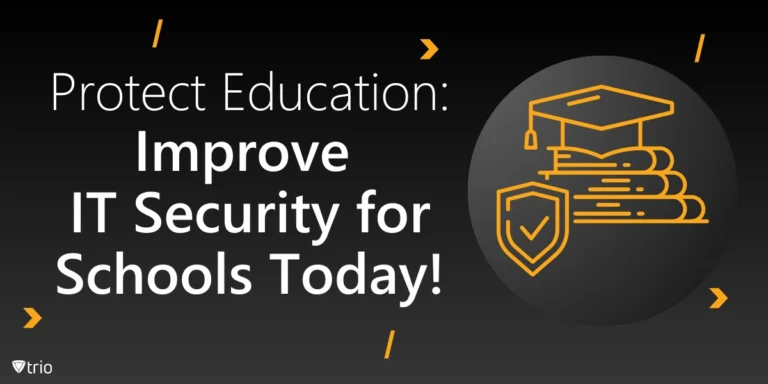
A Complete Guide to Implementing IT Security for Schools
Learn how you can strengthen IT security for schools with best practices, real-world examples, and effective solutions.
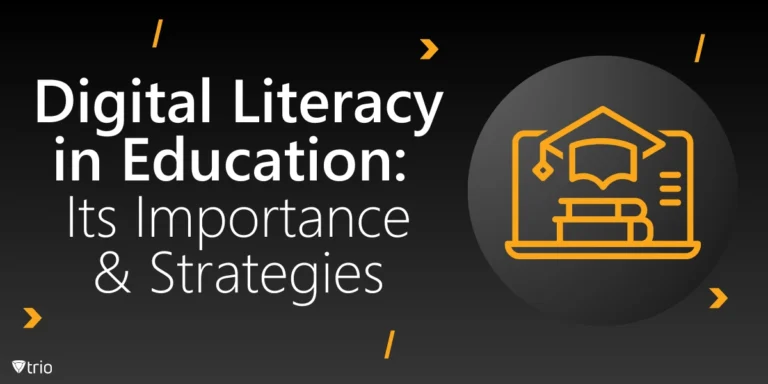
Digital Literacy in Education: Its Importance & Strategies
This complete guide explores the importance of digital literacy in education and strategies for fostering these critical skills in both students and teachers.
